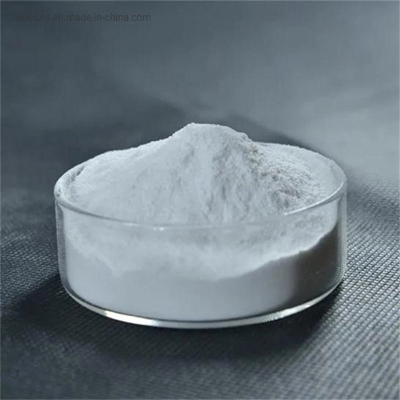-
Categories
-
Pharmaceutical Intermediates
-
Active Pharmaceutical Ingredients
-
Food Additives
- Industrial Coatings
- Agrochemicals
- Dyes and Pigments
- Surfactant
- Flavors and Fragrances
- Chemical Reagents
- Catalyst and Auxiliary
- Natural Products
- Inorganic Chemistry
-
Organic Chemistry
-
Biochemical Engineering
- Analytical Chemistry
- Cosmetic Ingredient
-
Pharmaceutical Intermediates
Promotion
ECHEMI Mall
Wholesale
Weekly Price
Exhibition
News
-
Trade Service
With the development of biotechnology, the use of genetic engineering, through DNA
vectors to foreign
gene
into plants, has been successfully and efficiently bred into traditional breeding methods can not obtain new varieties of crops, improve the ability of crops to withstand adversity, in order to reduce losses or increase the yield per unit area, and reduce the unlimited development of land and pesticide fertilizer abuse, labor and cost savings.Among the various plant gene transfer methods, the more commonly used are gene gun transplantation, Agrobacteria transplantation and electro-perforated transplocation method, different plant species,
tissue
applicable gene transfer method is also different. At present, the gene transfer of tomatoes is the use of Agrobacteria transfer method. The first base-modified crop to be approved for market was launched in the United States in 1994 as a genetically modified tomato that extends its edible life.Tomato gene transfer process: the target gene that wants to be transferred into the tomato body is first put into the carrier, and then loaded into the cells of Agrobacteria, through which the Agrobacteria can infect the characteristics of plants, the target gene into the tomato cells, and further imported into the chromosomes of tomatoes, and then in the form of tissue
culture
to cultivate new varieties of base-modified tomatoes with special characteristics.DNA performance vectors
used in plant gene transfer
: Before plant gene transfer, the target gene that wants to be transferred into the plant must be implanted into a special DNA vector before being imported into the cells of Agrobacteria. A gene activator is a specific DNA sequence that regulates the properties of gene expression, while a transcription terminator is a specific DNA sequence that determines the length of a gene RNA product. Gene recombination technology allows us to determine the most suitable gene activator and transcription terminator for different purposes in order to achieve the best plant genetic modification results. In DNA expression vectors, there are screening genes, which are used to screen and identify real base-modified plants. In most cases, all DNA between the left and right insert sequences is imported into the plant's chromosomes, but the location of the plant chromosomes is not controlled.
。







